Each decade for the past 30 years, tropical cyclones - which include hurricanes and typhoons - have become strongest on average about 30 to 40 miles farther north or south of the equator, the study says.
In a statement on the National Oceanic and Atmospheric Administration's website, the agency says:
While intensity estimates for tropical storms have proven difficult to pin down, "the location where a tropical cyclone reaches its maximum intensity is a more reliable value and less likely to be influenced by data discrepancies or uncertainties," says Jim Kossin, a scientist with NOAA's National Climatic Data Center, who is the paper's lead author."As tropical cyclones move into higher latitudes, some regions closer to the equator may experience reduced risk, while coastal populations and infrastructure pole-ward of the tropics may experience increased risk. With their devastating winds and flooding, tropical cyclones can especially endanger coastal cities not adequately prepared for them."
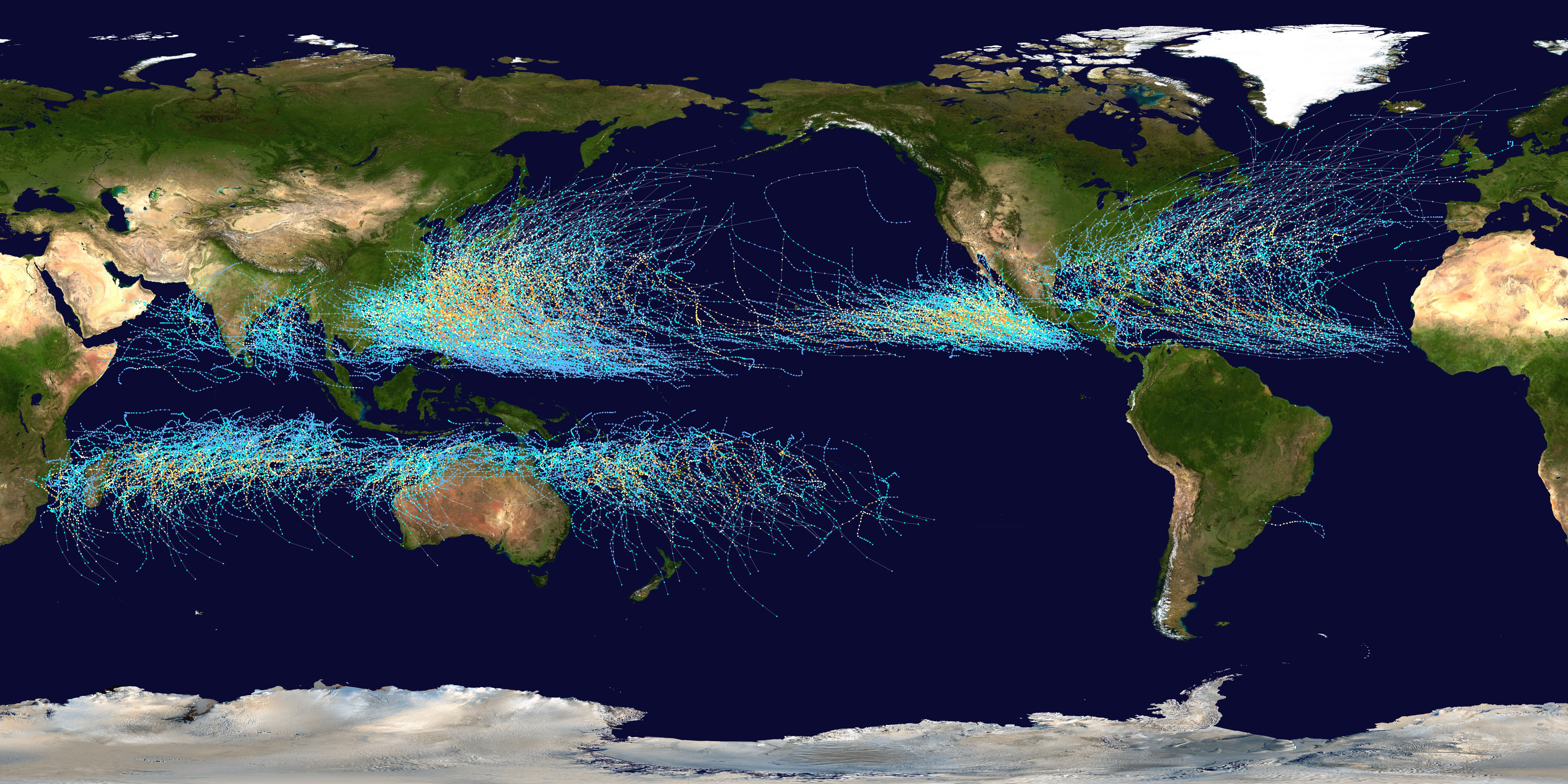
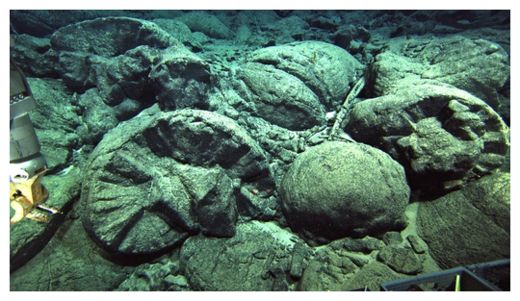
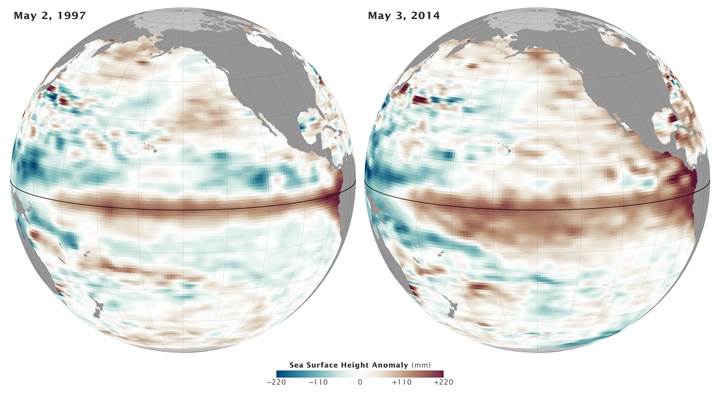

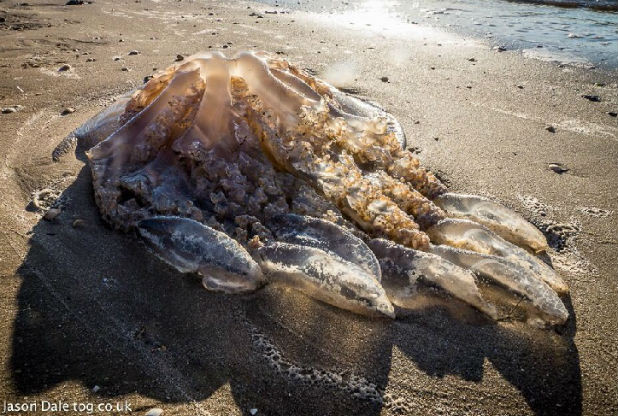
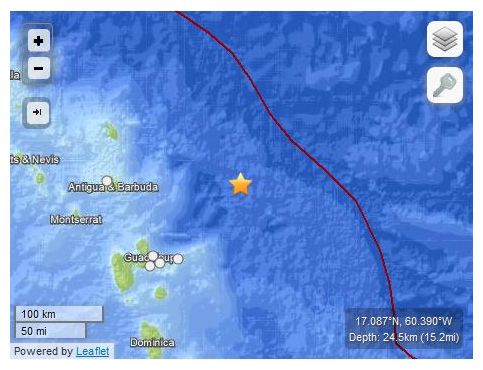
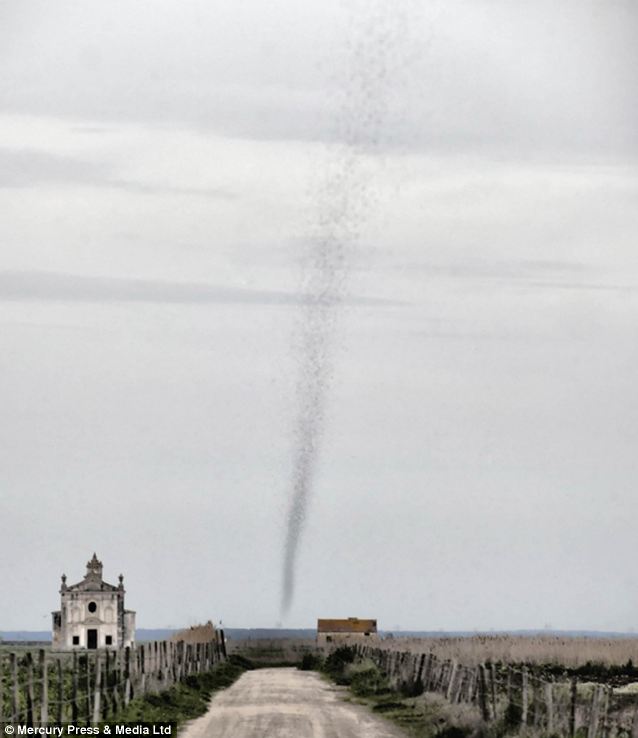
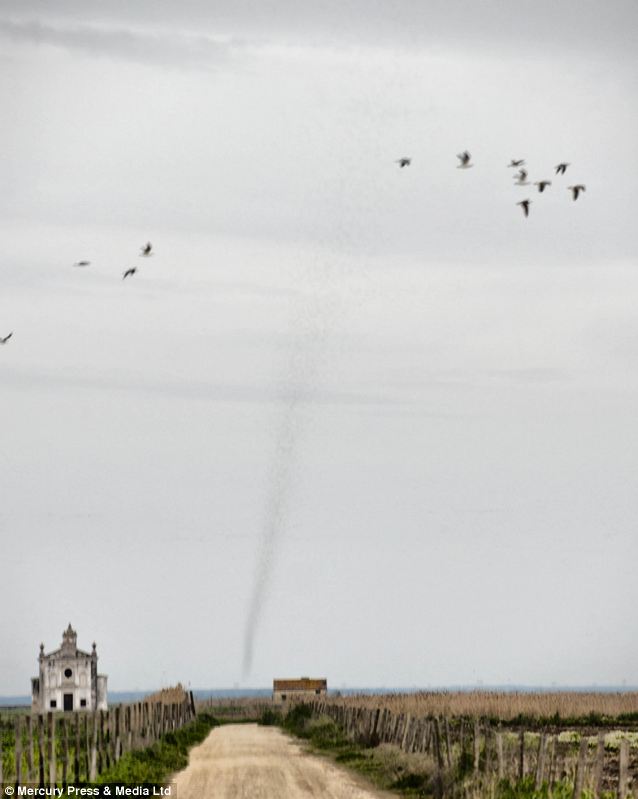
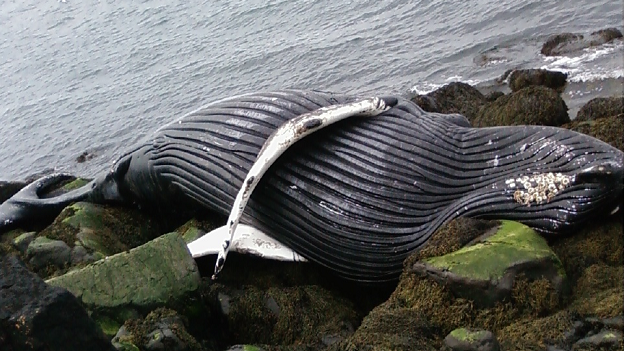
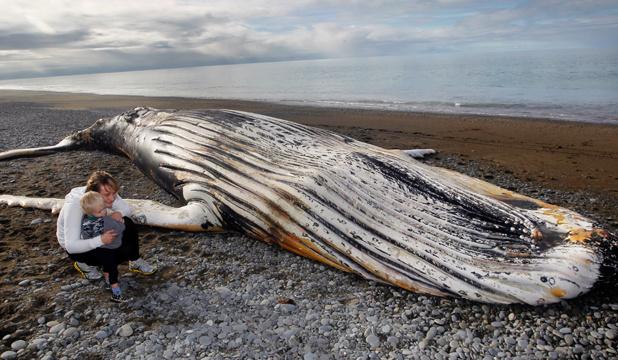



Comment: The warming of the atmosphere in higher latitudes causes the troposphere to expand and bulge poleward, redirecting the jet streams and lifting up excess moisture. This effect shifts rain belts into traditionally colder climate zones where the warm precipitation encounters frigid air. As a general rule, one inch of rain translates into ten inches of snow. In 1999, Maurice Ewing, former director of the Lamont-Doherty Earth Observatory, stated that it's cold enough right now to cause an ice age - all we need is more moisture. Given that underwater volcanoes are pouring heat into the oceans, the tropic zones are expanding poleward and worldwide flooding is at an all-time high (all components of a regular and reliable earth cycle), we may soon be in breach of that critical moisture threshold.